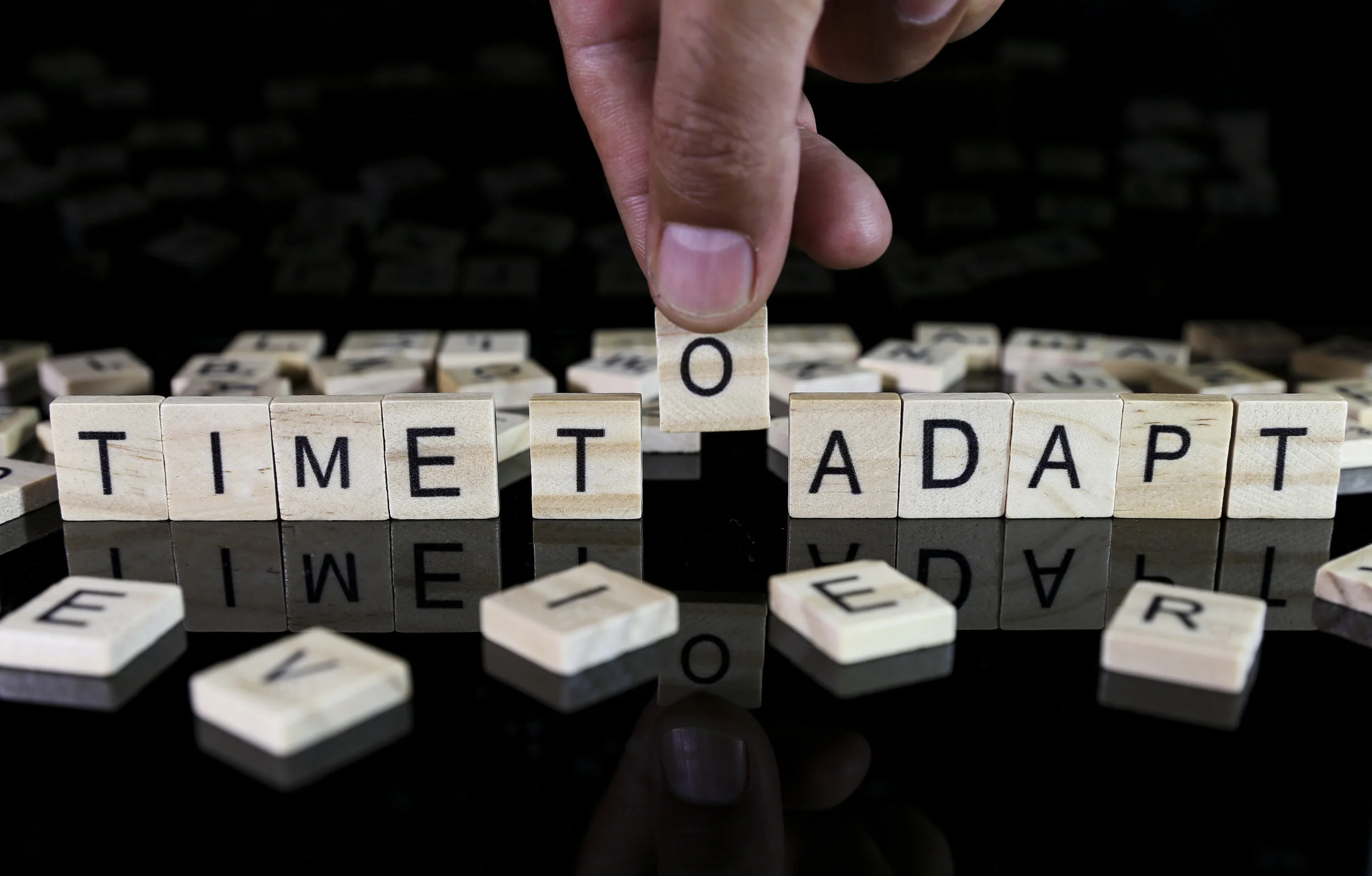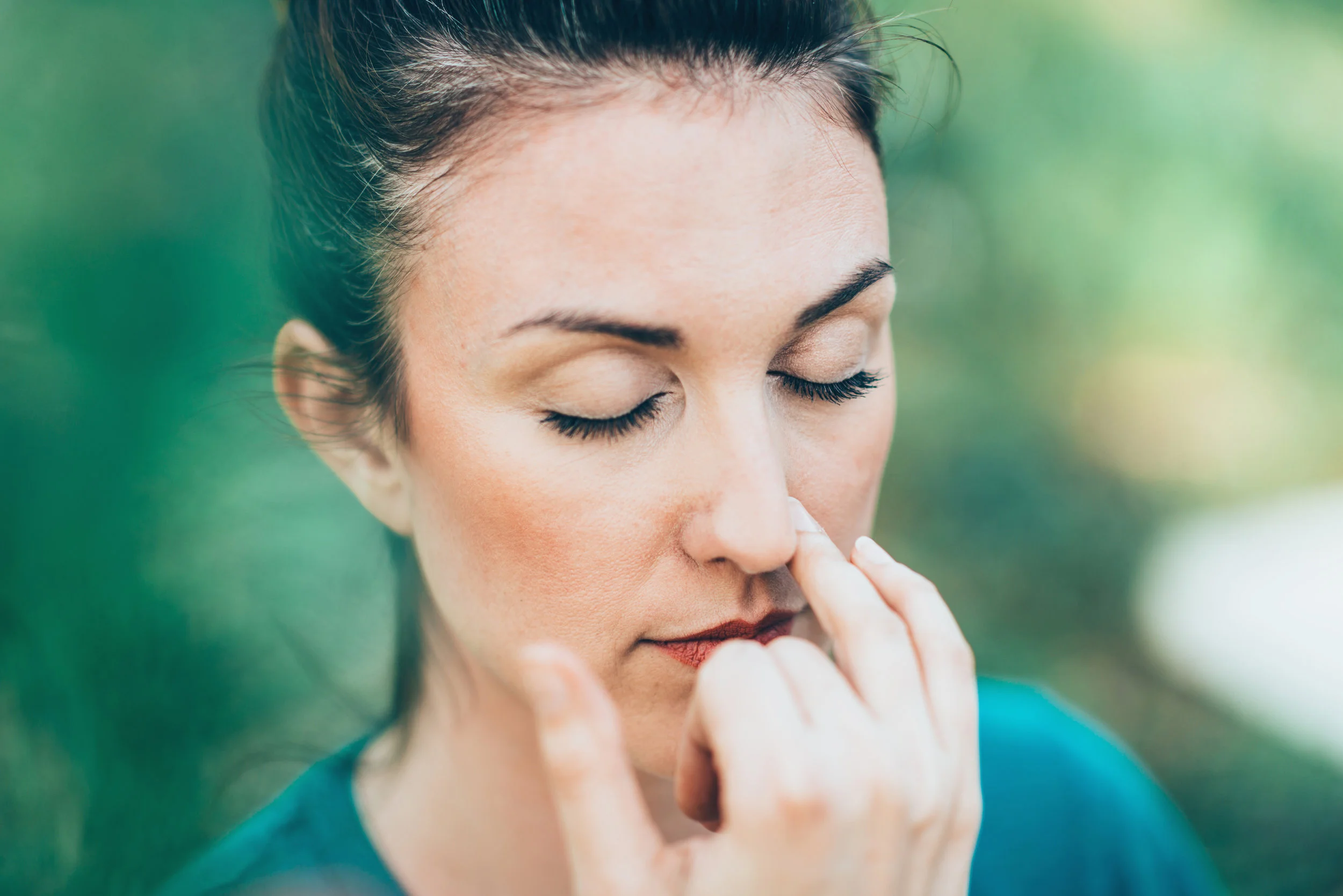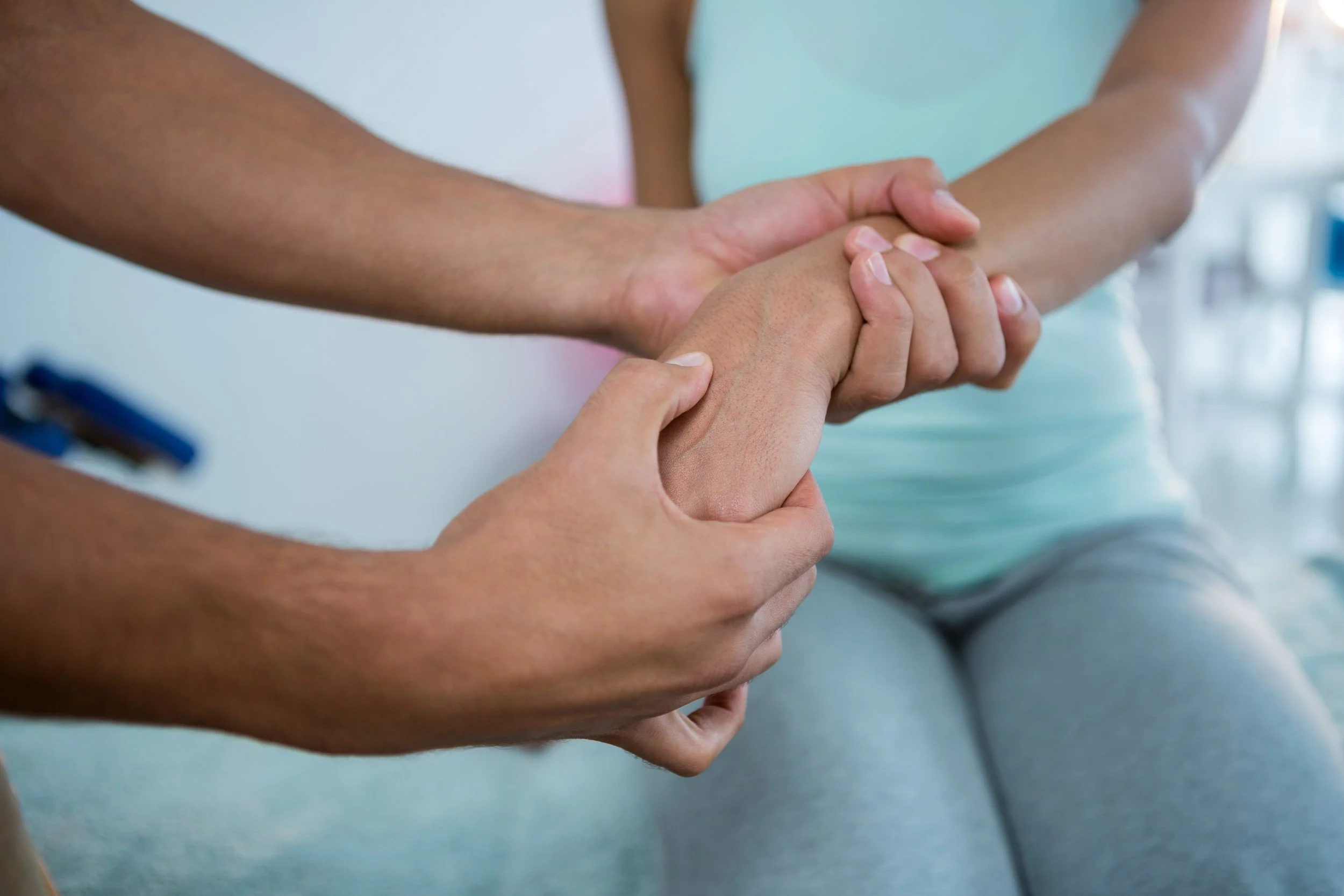The Simple Key For Plantar Fasciitis Relief
/Symptoms include heel pain, especially in the first steps after getting out of bed, and stiffness/pain in the mid foot.
There is a thick connective tissue that runs the entire length of the bottom of the human foot. It starts on the five toes and extends to the bottom of the heel. This tissue is known as the plantar fascia. While running, runners land on the heels of the feet and then raise themselves on the toes before shifting the weight onto the other foot. This causes the plantar fascia to come under strain and when the strain becomes too much, the plantar fascia is likely to tear. Even if there is no tearing the strain can be felt and is an indication of plantar fasciitis. Mountain climbers, aerobics practitioners, and hikers can also become afflicted by plantar fasciitis due to constant strain on the plantar fascia during their exertions. Plantar fasciitis can also be caused by using the wrong footwear.
One of the best ways to start treatment of plantar fasciitis is to desist from the activity that is causing the pain, be it running, jogging, cycling, climbing or aerobics. Footwear should be such that it gives more support even though it may be stiffer. Arch supports can also help to reduce the pain and it is said that stretching of the calf muscles also affords some relief. Icing the area for about a quarter of an hour every day can also help. Massage of the calf and Achilles heel can also reduce pain. Once the initial recovery is made, patients should consider a more aggressive form of treatment. This could include taping and deep tissue massage.
The Key: Deep Tissue Massage is a technique that concentrates on the deeper muscle tissues by applying deep pressure on the fascia, Achilles heel, and calf muscles through slow strokes, relieving tension in tight tissues. The muscle fibers can be followed or pressure can be applied across tendons. Deep tissue massage can help to release the muscle tension, break scar tissue, and lead to its elimination. It concentrates on specific areas, leading to soreness before and after the massage, yet the results are definite and can be felt within just a couple of days.
Deep tissue massage loosens the muscle tissues, remove muscle toxins, and ensure proper circulation of blood and oxygen which had been affected by plantar fasciitis. Following the treatment, it is advisable to drink a lot of water to help remove the toxins from the body. Deep tissue massage is not recommended, however, if there are any open wounds on the plantar fascia or in nearby areas. It has to be avoided if surgery has taken place and if other conditions like osteoporosis exist. Persons who have a history of blood clots should also not undergo deep massage therapy as these blood clots can be displaced and get to areas where they cause greater problems.
Deep tissue massage works because it physically breaks down the adhesions that are formed by muscle tissues in the muscles caused by over exertion or strain.
- See more at: http://www.pacificcollege.edu/news/blog/2014/12/05/deep-tissue-massage-plantar-fasciitis#sthash.n960Hk3N.dpuf











![Self-regulation “control [of oneself] by oneself"](https://images.squarespace-cdn.com/content/v1/55563e14e4b01769086817cb/1542845645966-PO2HGKF5JLUBM45UIWQ3/wee-lee-790761-unsplash.jpg)






















